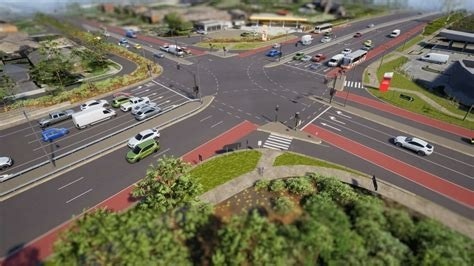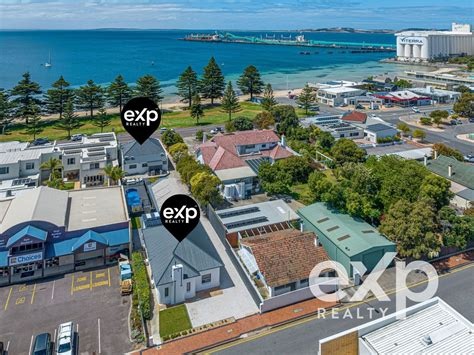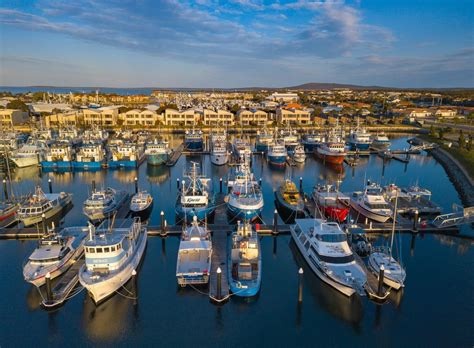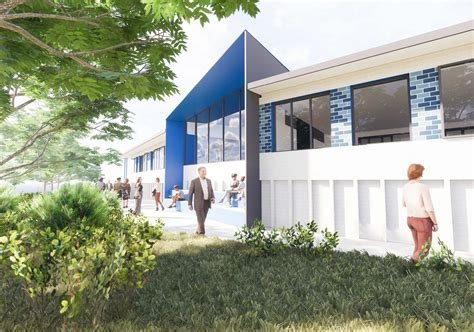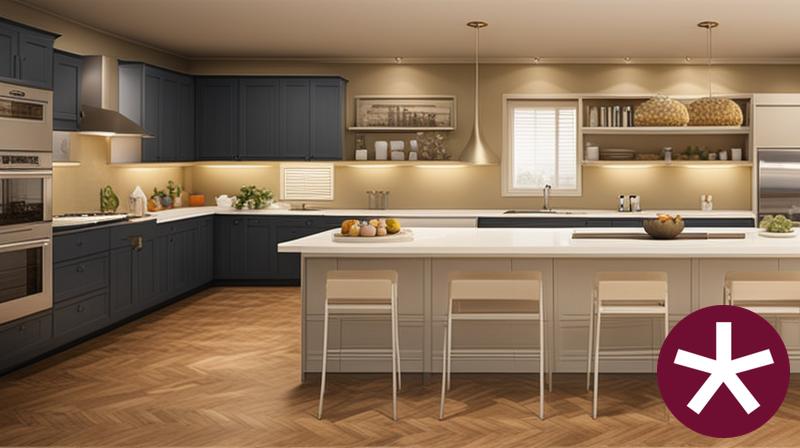Chart Color Schemes
est. as @ -- *
ABS ERP | -- people | --
2021 Census | -- people
Sales Activity
Curious about local property values? Filter the chart to assess the volume and appreciation (including resales) trends and regional comparisons, or scroll to the map below view this information at an individual property level.
Find a Recent Sale
Sales Detail
Population
An assessment of population growth drivers in Port Lincoln reveals an overall ranking slightly below national averages considering recent, and medium term trends
Port Lincoln's population, as of August 2025, is approximately 17,372. This figure represents a growth of 1,065 people since the 2021 Census, which recorded a population of 16,307. The increase is inferred from ABS data showing an estimated resident population of 17,044 in June 2024 and an additional 160 validated new addresses post-Census. This results in a population density of 127 persons per square kilometer. Port Lincoln's growth rate of 6.5% since the 2021 Census exceeded both the SA4 region (4.8%) and the SA3 area, positioning it as a growth leader. Overseas migration contributed approximately 65.1% to overall population gains, with natural growth and interstate migration also being positive factors.
For projections, AreaSearch uses ABS/Geoscience Australia data from 2024 based on 2022 figures for each SA2 area. For areas not covered or years beyond 2032, the SA State Government's Regional/LGA projections by age category (released in 2023 using 2021 data) are adopted with adjustments made through a weighted aggregation method from LGA to SA2 levels. Based on these projections, Port Lincoln is expected to increase its population by just below the median rate for regional areas nationally, reaching 18,782 persons by 2041, reflecting a total increase of 6.2% over the seventeen-year period.
Frequently Asked Questions - Population
Development
AreaSearch analysis of residential development drivers sees Port Lincoln recording a relatively average level of approval activity when compared to local markets analysed countrywide
Port Lincoln granted around 59 residential properties approval annually. Development approval data from the ABS is on a financial year basis: 299 dwellings approved over the past five years, FY-20 to FY-25, with 14 approvals so far in FY-26. On average, about 1.6 new residents arrive per new home annually since FY-20. The average cost of new dwellings is $435,000.
There have been $32.6 million in commercial approvals this financial year. Port Lincoln's development levels are similar to the rest of SA but lower than national averages, indicating market maturity and possible constraints. Ninety-four percent of new developments are detached dwellings, preserving low density nature. The area has an estimated 428 people per dwelling approval.
Population forecasts indicate a gain of 1,082 residents by 2041. Current development rates should comfortably meet demand, benefiting buyers and potentially supporting population growth beyond projections.
Frequently Asked Questions - Development
Infrastructure
Port Lincoln has moderate levels of nearby infrastructure activity, ranking in the 44thth percentile nationally
Infrastructure changes significantly influence regional performance. AreaSearch identified twelve projects potentially impacting the region. Notable initiatives include Eyre Peninsula Network Road Upgrades, 2025 Port Lincoln Master Plan, Port Lincoln Housing Strategy Implementation, and Observation Rise. The following details projects deemed most relevant.
Professional plan users can use the search below to filter and access additional projects.
INFRASTRUCTURE SEARCH
Frequently Asked Questions - Infrastructure
Photon Energy Yadnarie Solar Farm
Advanced 150-200 MW solar power plant using RayGen's proprietary PV Ultra and Thermal Hydro technology. The facility will feature up to 24 hours of thermal storage with 115 MW grid connection, representing a breakthrough in solar-plus-storage technology for the South Australian grid.
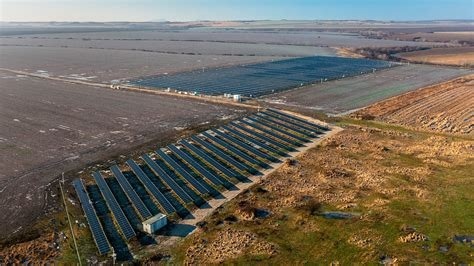
Port Lincoln Hospital Redevelopment
Federally funded hospital redevelopment in 2015 featuring upgraded consulting rooms for visiting specialists, combined Chemotherapy & Renal Dialysis Clinic, and modern 50-bed complex with high dependency unit, maternity services and operating facilities.
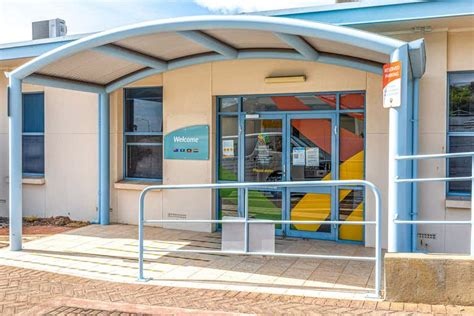
2025 Port Lincoln Master Plan
Comprehensive 30-year Master Plan to guide long-term growth and development, identifying areas for future residential, commercial, and industrial expansion while preserving environmental and heritage values.
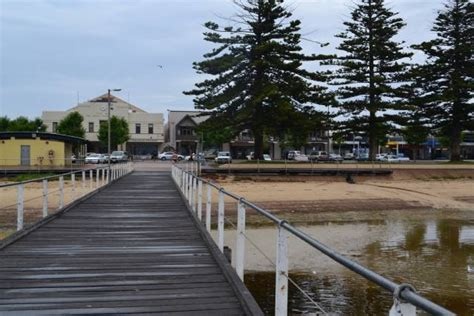
Eyre Peninsula Desalination Plant
Reverse osmosis seawater desalination plant at Billy Lights Point to secure water for the Eyre Peninsula. Initial capacity up to 16 ML/day (~5.8 GL/year), scalable to ~8 GL/year. Major construction partner ACCIONA with McConnell Dowell delivering marine works; early and enabling works underway with power connection and pipeline works progressing.
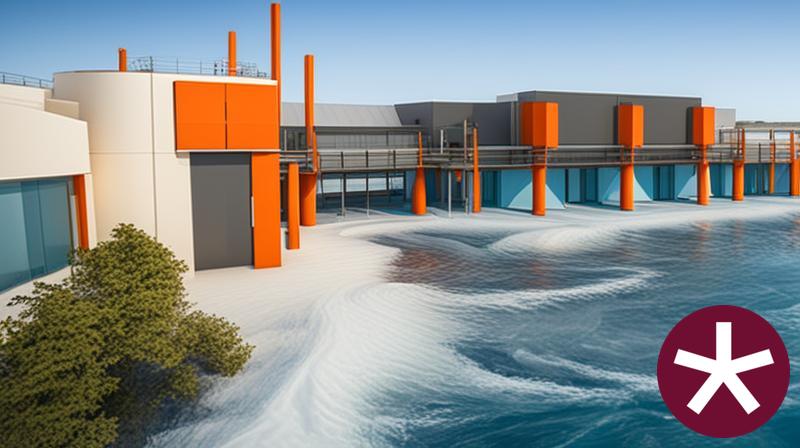
Eyre Peninsula Network Road Upgrades
Major road infrastructure project upgrading roads across lower Eyre Peninsula including pavement upgrades, safety improvements, and network connectivity enhancements to support economic growth and improved transport access.
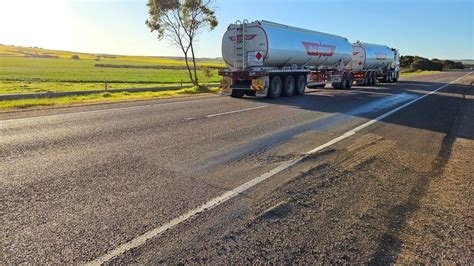
Port Lincoln Housing Strategy Implementation
Comprehensive housing strategy addressing availability and affordability concerns through sustainable residential development, social housing initiatives, and planning reforms to meet growing demand in Port Lincoln region.
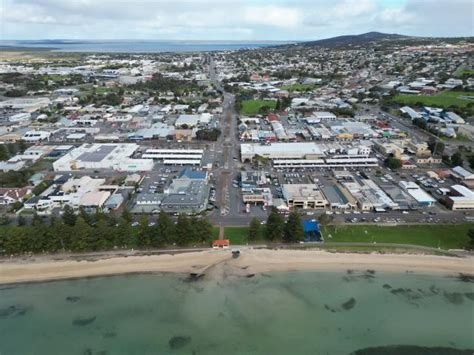
Point Boston Peninsula Community Development
Community development over 750 hectares of natural peninsula featuring 207 lot holders with potential for 247 dwellings in East Bay precinct. Features environmentally friendly wastewater treatment system, native bushland preservation, and comprehensive design guidelines. Active development with established infrastructure and ongoing construction approvals.
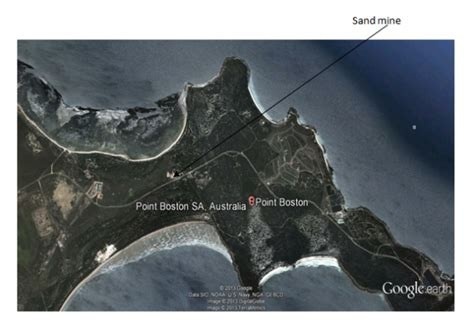
Observation Rise
Premium residential land estate featuring 105 residential allotments with elevated marina views. Located close to the Marina, schools, childcare, tavern and community centre. The estate features two central parks and offers a choice of building allotments with some providing elevated views for observing marina activity.
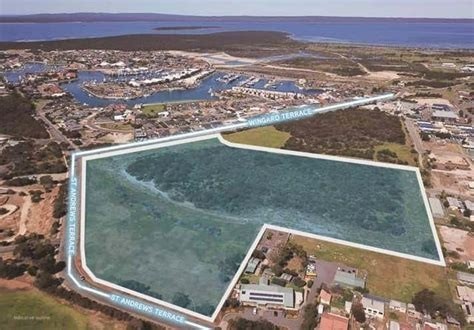
Employment
AreaSearch analysis indicates Port Lincoln maintains employment conditions that align with national benchmarks
Port Lincoln has a balanced workforce with both white and blue collar jobs. The unemployment rate is 3.8%, lower than the national average of 5%.
Over the past year, employment grew by 5.3%. As of June 2025, 8460 residents are employed, with an unemployment rate of 0.7% below the Rest of SA's rate of 4.6%. Workforce participation is at 57.9%, slightly higher than the Rest of SA's 54.1%. The dominant employment sectors include health care & social assistance, retail trade, and agriculture, forestry & fishing.
Retail trade employs a significant portion at 1.3 times the regional level, while agriculture, forestry & fishing is lower at 9.7% compared to Rest of SA's 14.5%. AreaSearch analysis shows employment increased by 5.3% over the year ending June 2025, with labour force growth of 5.9%, leading to a rise in unemployment rate by 0.5 percentage points. Jobs and Skills Australia forecasts national employment growth of 6.6% over five years and 13.7% over ten years. Applying these projections to Port Lincoln's employment mix suggests local growth of approximately 6.0%% over five years and 12.8% over ten years.
Frequently Asked Questions - Employment
Income
Income figures position the area below 75% of locations analysed nationally by AreaSearch
Port Lincoln had a median taxpayer income of $47,962 and an average income of $59,221 in financial year 2022, according to AreaSearch's aggregation of postcode level ATO data. This was below the national average, contrasting with Rest of SA's median income of $46,889 and average income of $56,582 for the same period. By March 2025, estimates based on a 10.83% Wage Price Index growth suggest approximately $53,156 as the median and $65,635 as the average income in Port Lincoln. The 2021 Census figures showed personal income ranked at the 36th percentile ($736 weekly) and household income at the 20th percentile for Port Lincoln residents. Income distribution data indicated that the largest segment comprised 30.7% of residents earning $1,500 - 2,999 weekly (5,333 residents), a pattern also seen in the surrounding region where 27.5% fell within this income range. After housing costs, 86.0% of income remained for Port Lincoln residents, ranking at the 23rd percentile nationally.
Frequently Asked Questions - Income
Housing
Port Lincoln is characterized by a predominantly suburban housing profile, with ownership patterns similar to the broader region
In Port Lincoln, as per the latest Census evaluation, 83.4% of dwellings were houses, with the remaining 16.7% comprising semi-detached homes, apartments, and other types. This differs from Non-Metro SA's dwelling structure, which was 75.9% houses and 24.1% other dwellings. Home ownership in Port Lincoln stood at 32.9%, with mortgaged dwellings at 34.0% and rented ones at 33.1%. The median monthly mortgage repayment in the area was $1,300, higher than Non-Metro SA's average of $1,170. The median weekly rent figure was recorded as $240, compared to Non-Metro SA's $195. Nationally, Port Lincoln's mortgage repayments were significantly lower than the Australian average of $1,863, and rents were substantially below the national figure of $375.
Frequently Asked Questions - Housing
Household Composition
Port Lincoln features high concentrations of lone person households, with a fairly typical median household size
Family households constitute 66.4% of all households, including 24.6% couples with children, 29.2% couples without children, and 11.6% single parent families. Non-family households comprise the remaining 33.6%, with lone person households at 30.6% and group households comprising 3.0%. The median household size is 2.3 people, which matches the average for the Rest of South Africa.
Frequently Asked Questions - Households
Local Schools & Education
Port Lincoln faces educational challenges, with performance metrics placing it in the bottom quartile of areas assessed nationally
The area's university qualification rate is 14.6%, significantly lower than the Australian average of 30.4%. This presents both a challenge and an opportunity for targeted educational initiatives. Bachelor degrees are most common at 11.0%, followed by postgraduate qualifications (2.0%) and graduate diplomas (1.6%). Trade and technical skills are prominent, with 39.7% of residents aged 15+ holding vocational credentials - advanced diplomas (8.8%) and certificates (30.9%).
Educational participation is high at 27.9%, including 12.4% in primary education, 8.1% in secondary education, and 2.0% pursuing tertiary education. There are 8 schools operating within Port Lincoln, educating approximately 2,888 students. The educational mix includes 4 primary, 1 secondary, and 3 K-12 schools.
Frequently Asked Questions - Education
Schools Detail
Nearby Services & Amenities
Transport
No public transport data available for this catchment area.
Frequently Asked Questions - Transport
Transport Stops Detail
Health
Health outcomes in Port Lincoln are marginally below the national average with common health conditions slightly more prevalent than average across both younger and older age cohorts
Health indicators show below-average results in Port Lincoln, with common health conditions slightly more prevalent than average across both younger and older age groups. Approximately 49% of the total population (~8,529 people) has private health cover, compared to the national average of 55.3%.
The most common medical conditions are asthma (affecting 8.2% of residents) and arthritis (8.0%), while 68.5% report being completely clear of medical ailments, compared to 65.6% in the Rest of SA. As of 2019, 21.5% of residents are aged 65 and over (3,726 people). Health outcomes among seniors are above average, performing better than the general population in health metrics.
Frequently Asked Questions - Health
Cultural Diversity
Port Lincoln is considerably less culturally diverse than average when assessed alongside AreaSearch's national rankings for language and cultural background related metrics
Port Lincoln's cultural diversity was found to be below average, with 89.6% of its population being citizens born in Australia who speak English only at home. Christianity is the predominant religion in Port Lincoln, comprising 42.8% of its population. Notably, the 'Other' religious category comprises 0.5%, which is lower than the 0.6% regional average.
The top three ancestry groups are Australian (31.8%), English (31.6%), and Scottish (7.2%). Some notable divergences include German ancestry at 6.9%, Croatian at 1.2%, and Australian Aboriginal at 4.3%.
Frequently Asked Questions - Diversity
Age
Port Lincoln's median age exceeds the national pattern
Port Lincoln's median age is 41 years, which is lower than Rest of SA's 47 but higher than Australia's 38. The 35-44 age group makes up 13.2% of Port Lincoln's population, compared to the Rest of SA average, indicating an over-representation of this cohort. Conversely, the 65-74 year-olds make up only 11.8%, showing under-representation. Between 2021 and present, the proportion of people aged 35-44 has increased from 12.0% to 13.2%. Meanwhile, the proportion of those aged 45-54 has decreased from 12.9% to 11.4%. By 2041, demographic modeling suggests significant changes in Port Lincoln's age profile. The number of people aged 75-84 is projected to grow by 44%, from 1,224 to 1,767. Notably, the combined 65+ age groups are expected to account for 74% of total population growth, reflecting the area's aging demographic trend. Conversely, population declines are projected for the 15-24 and 5-14 age cohorts.
